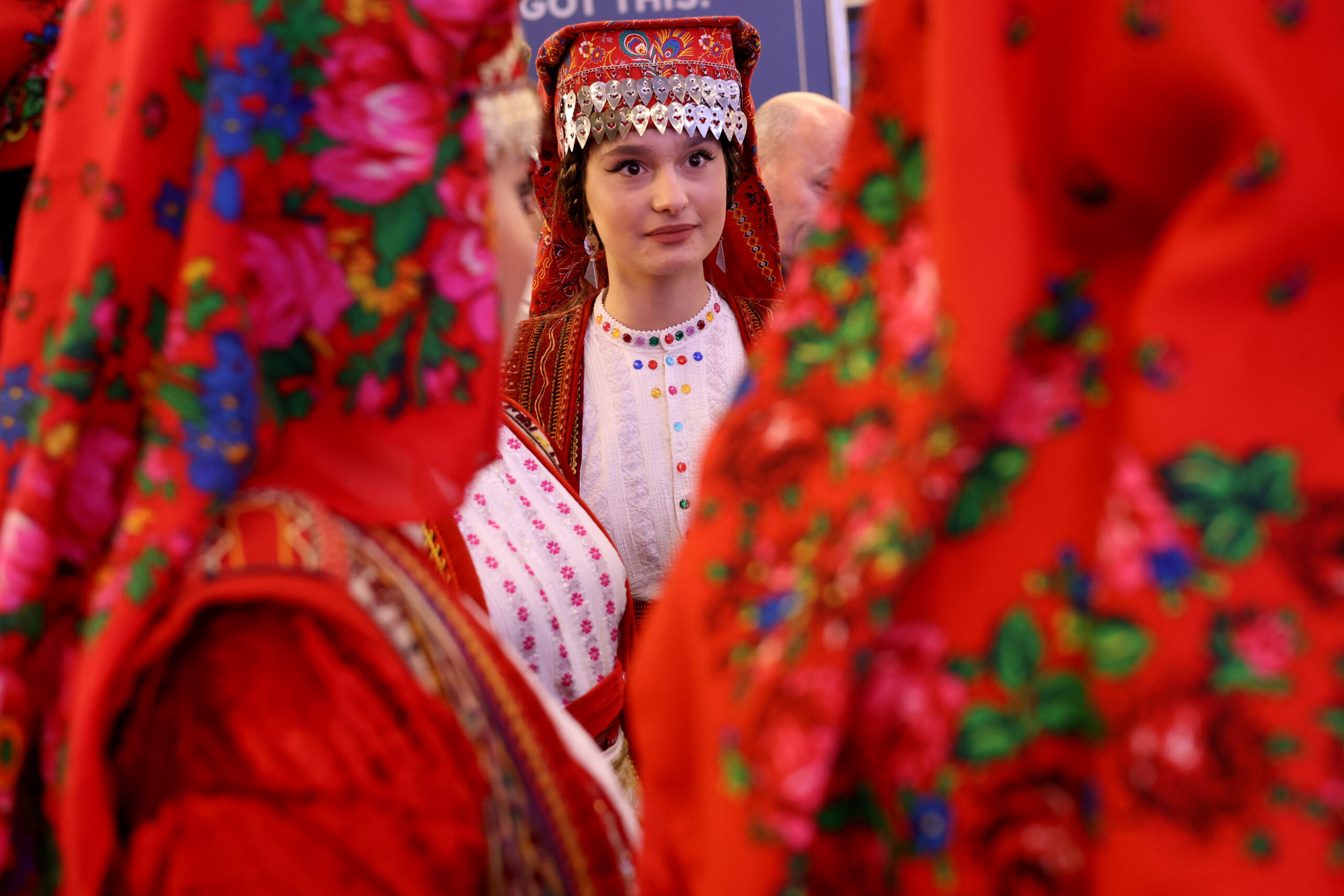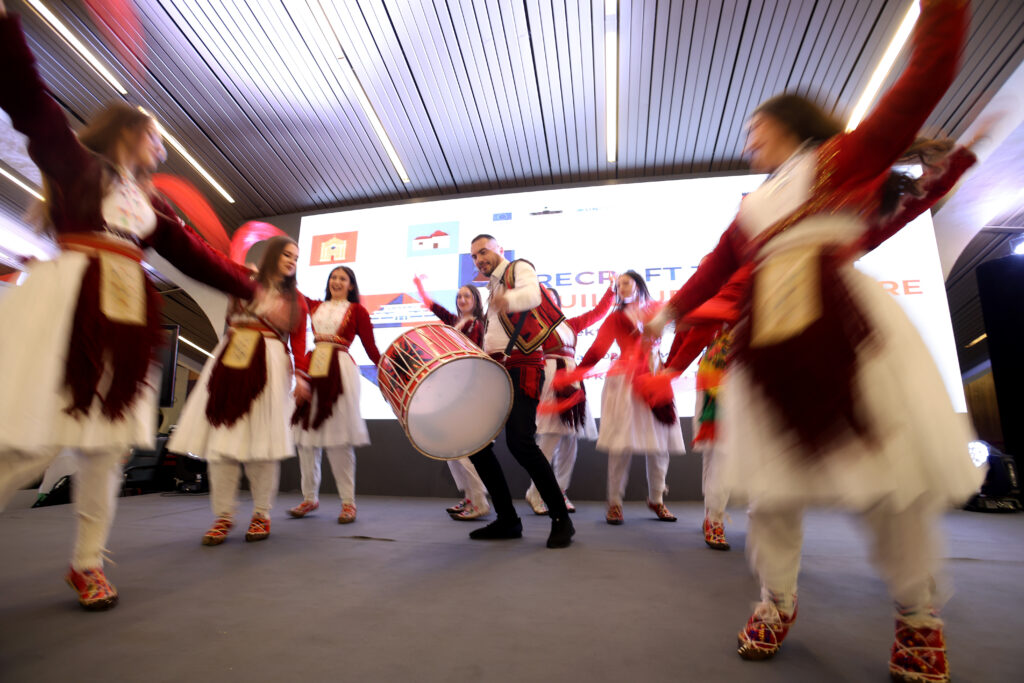Unlocking Mirdita: Albania’s Hidden Gem Revealed at Tourism and Travel Show

02 February 2024
Mirdita, a charming region in Northern Albania, has long been overlooked by domestic and international tourists. Situated in the north of Albania, Mirdita is renowned for its picturesque landscapes, rich cultural heritage, centuries-old traditions and distinctive cuisine.
The Tourism and Travel Show, held at Tirana’s Palace of Congresses on 31 January -1 February, served as the ideal platform to bring Mirdita into focus for tour agencies as a new destination offering abundant cultural experiences.
One of our grantees, the Albanian Center for Education, Tourism, and Entrepreneurship (CEAPAL), supported through the EU4Culture grants program, organized an event titled “Mirdita towards sustainable tourism development” within the framework of the Tourism and Travel Show. Aiming to attract tourists to the region, the EU4Culture grantee presented new cultural heritage routes. The new routes and the event, featuring a panel discussion by tourism development experts and representatives from the Mirdita municipality, sparked significant interest from tour operators who welcomed the opportunity to propose new attractions and cultural experiences to their clients.
“During the development of our cultural heritage routes, we involved the entire community. Representatives from the municipality, civil society, and private sector, as well as artisans, cultural heritage enthusiasts, historians, and interested citizens all enthusiastically contributed to make this initiative materialize. Mirdita holds a wealth of attractions, and we are committed to working together to showcase its offerings to tourists and put it on the map as a destination worth visiting” explained Amalinda Bediava, CEAPAL programme manager.
“Mirdita is famous for its picturesque landscapes, rich cultural heritage, centuries-old traditions and a distinctive cuisine. We are grateful for our collaboration with UNOPS through the EU-funded EU4Culture project. This partnership is helping us tap into our region’s tourism potential. We believe that welcoming more visitors, both from within our country and abroad, will bring positive changes to our communities by boosting our local economy and creating new job opportunities” noted Albert Mëlyshi, the mayor of Mirdita.

Following the event, a vibrant performance by local traditional dancers adorned in traditional costumes added a colorful touch. This local initiative is one of five projects implemented in Mirdita and supported through an EU4Culture grant. Its aim is to enhance the capacity and build a network of local artisans, tour guides, and cultural heritage experts united with the common goal of revitalizing the region and creating new income opportunities through the promotion of local tourism and artisanal practices. EU4Culture local partners are working closely with local communities and the municipality to develop Mirdita’s cultural tourism potential. This involves training artisans to start small businesses, developing business plans, improving sales and promotion, creating new tourist routes and trails, and promoting cultural tourism both locally and nationally. In November 2023, EU4Culture organized the Crafts Fair for the first time in Mirdita. Colorful traditional costumes, local gastronomy specialties, and beautiful craft pieces created during several months of the Grants program implementation were proudly presented at the main square in front of Mirdita municipality.
This initiative draws inspiration from the Monastery Church of Rubik located in Mirdita, the first of Albania’s cultural heritage and historical treasures restored under the EU4Culture program. This remarkable church bears witness to a rich history, with some remaining portions dating back to as early as the XIII century. Following the successful restoration work on the church, the conservation of its wall paintings will be the next crucial step. The inscriptions on these paintings, dating back to the year 1272, offer invaluable insights into the church’s age and significance.
If you are curious to learn more about our cultural heritage sites and grants projects have a look at the booklet below:



